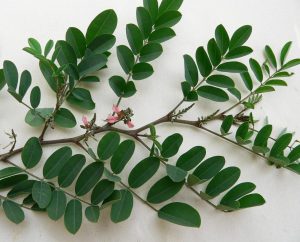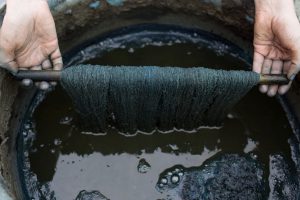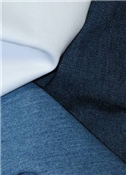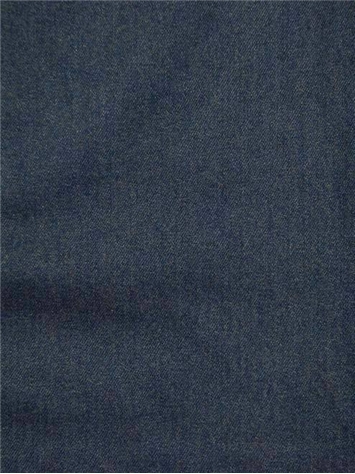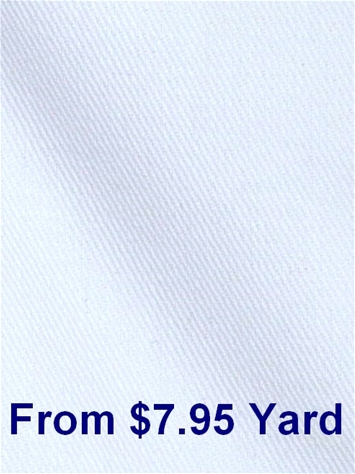The History of Denim
Denim has been used in the USA since the mid 19th century. Denim gained popularity in 1873 when a tailor named Jacob W. Davis manufactured the first pair of “rivet reinforced” denim pants. At this time, clothing for laborers was not very durable so the popularity of denim jeans began to spread rapidly and Davis was quickly overwhelmed with requests. Davis wrote a proposal to Levi Strauss & Co that had been supplying his denim fabric. He proposed a patent on the design for the rivet reinforced denim pant and Levi was so impressed with the possibilities for profit that they hired him to be in charge of the mass production that would take place in San Francisco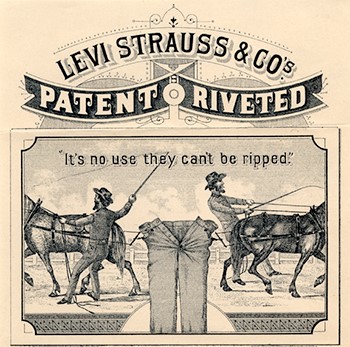
Why is Denim Blue?
Denim was traditionally colored blue with dye produced from the plant Indigofera Tinctoria but today most is dyed with synthetic indigo dye. The most common denim is indigo denim, in which the warp thread is dyed, while the weft thread is left white. As a result of the twill weaving process, which is a diagonal ribbing that distinguishes it from canvas and cotton duck, creates denim’s signature fading characteristics.
- Indigo Tinctoria Plant
- Traditional indigo Dye
Types of Denim and Common Uses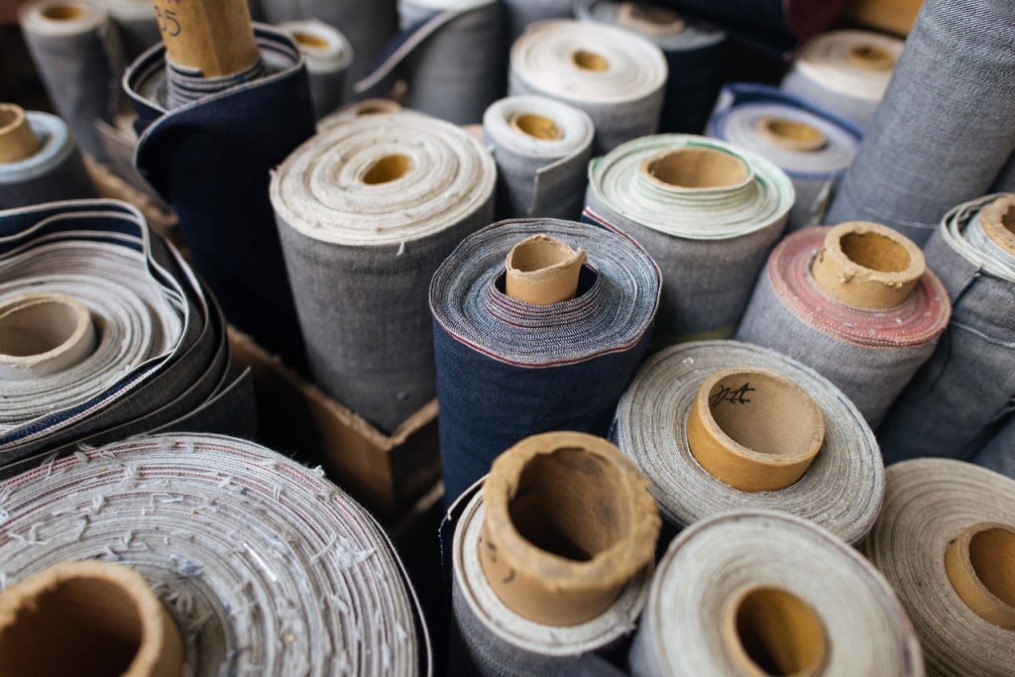
While the original denim was a 100% cotton material, you can now get it in a variety of materials, including blends that give you the same wonderful look of 100% cotton denim would with some great additional features. The types of denim are cotton serge denim, dry or raw denim, selvage denim, stretch denim, and poly denim. Dry or raw denim, as opposed to washed denim, is a denim fabric that is not washed after being dyed during its production. Selvage denim (also called selvedge denim) is a type of denim which forms a clean natural edge that does not unravel. It is commonly presented in the unwashed or raw state. Typically, the selvage edges will be located along the outseam of the pants, making it visible when pants are cuffed. Although selvage denim is not completely synonymous with unwashed denim, the presence of selvage typically implies that the denim used is a higher quality. Stretch denim is usually about 98% cotton and 2% Spandex for ease of movement. Poly denim is made of a polyester and cotton blend. It is usually lighter weight and dries faster than 100% cotton denim.
Denim is very popular for use as slipcovers and upholstery. It is a durable fabric that is easy to use and wears well. Many denims now come in pre-laundered or a washed finish to make them even easier to use for slipcovers. White and natural colored denim are very popular to give that Pottery Barn look. Custom denim slipcovers give an even cleaner look and fit than commercially available slipcovers.
Denim at Housefabric.com
